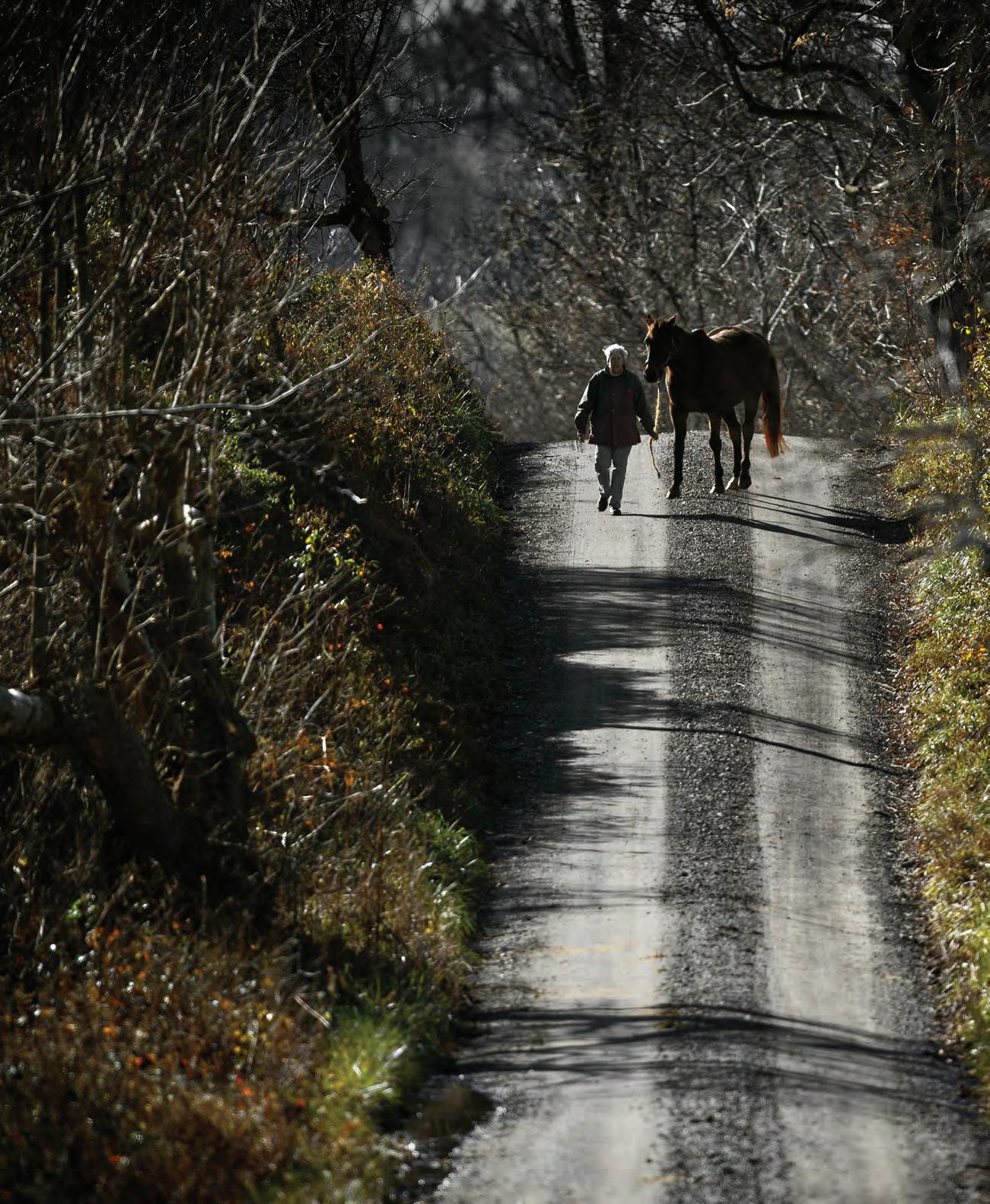
8 minute read
TAKE NOTE
UPfront
>Take Note > Events
Advertisement
Tria Pell Dove walks her horse back to her barn along Greengarden Road in western Loudoun County.
Take Note TRAVEL BY GRAVEL
When the pavement ends, let the fun begin. By Jill Devine
Some historic treasures don’t fit inside a museum. Take the 300 miles of gravel roadways that wind through Loudoun County’s pastures and ridges. “These are the same paths traveled by early colonists, Revolutionary War soldiers, and George Washington when he surveyed the Shenandoah Valley,” says Douglas Graham, an award-winning photojournalist who is among those spearheading their preservation. “They represent the beginning of the rural economy of the United States, and they are worth saving.”
Graham and a team of volunteers formed America’s Routes to save the back roads and their living history, a challenging mission in Loudoun, where development has already paved over many of these historic roadways.
America’s Routes encourages people to experience Loudoun’s gravel roads, whether by hoof, foot, bike, or car. Says Beth Erickson, CEO of Visit Loudoun, “These roads force us to slow down and connect with the history, villages, farms, wineries, and breweries that make Loudoun so special.” AmericasRoutes.com
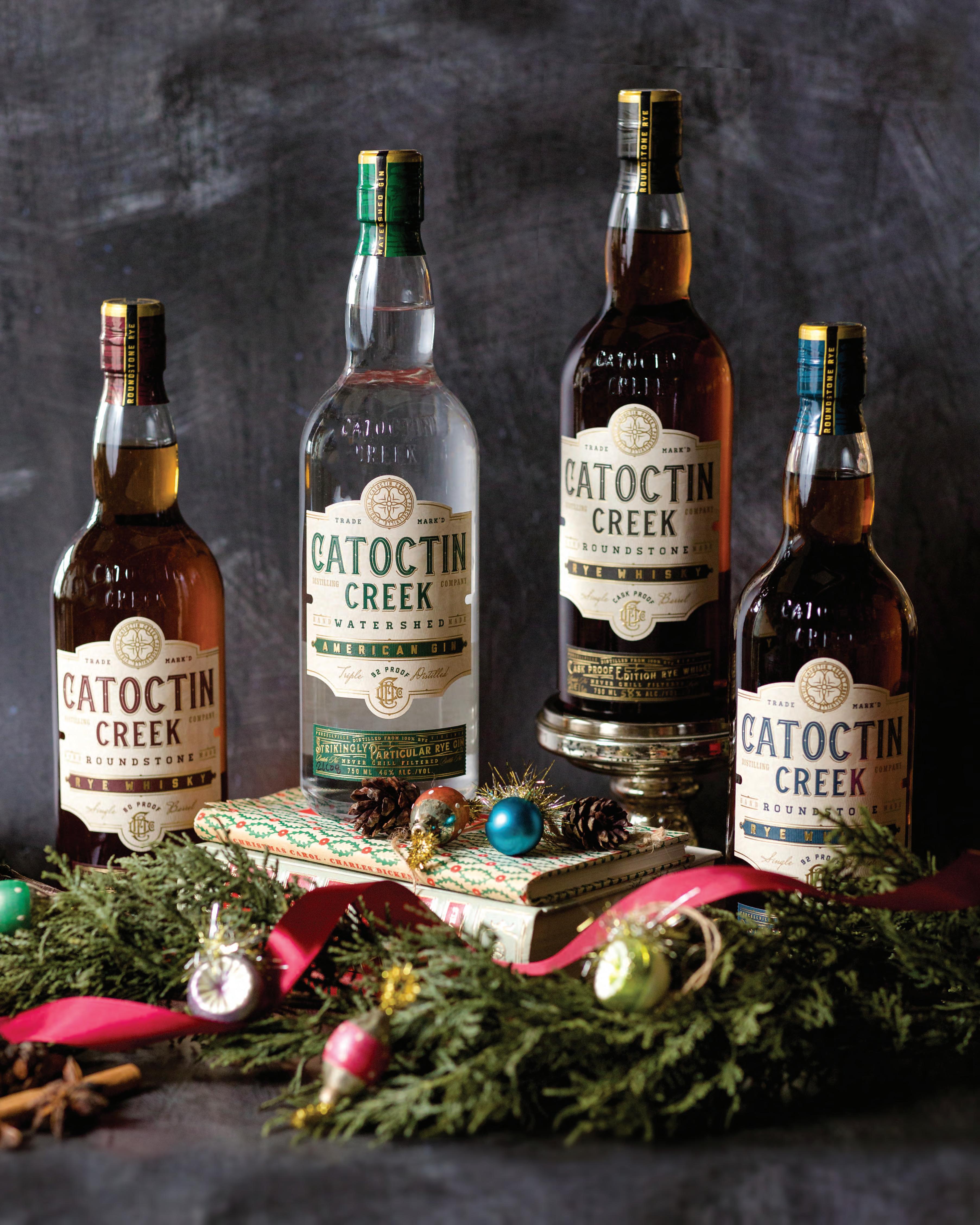


Virginia Zoo visitors get a sneak peek of a larger-than-life tomato frog at a GrowlFest event. A PARADE ALL DAY
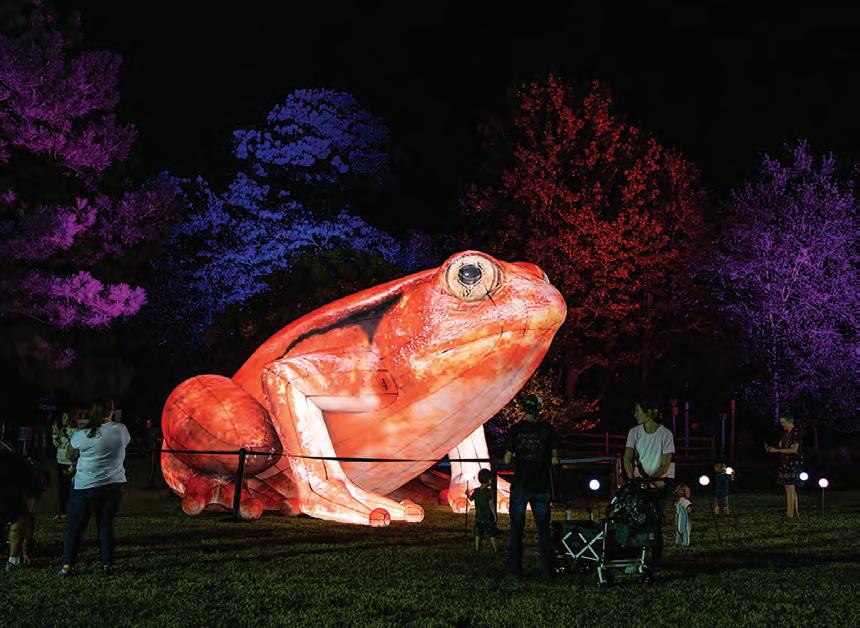
Virginia Zoo brings animals to life with light.
LIGHTS, ANIMALS, ACTION! The Virginia Zoo in Norfolk is lighting up the season with its first ever ZooLumination, a showcase of giant inflatable animals. Executive Director Greg Bockheim says the winter exhibition—which includes a trio of 30-foot giraffes—“furthers our mission by educating people about wildlife.” Visitors can walk or drive through the exhibit, by day or at night. Look for a blue crab, sloth, red panda, and crocodile among the 29 “animals” in the lineup.
The merry menagerie was designed by Landmark Creations, the company behind custom, over-the-top inflatables for clients like Ariana Grande and General Mills.
As with Richmond’s GardenFest of Lights, ZooLumination promises to delight visitors of all ages while also providing educational audio on the animal kingdom. Nov. 19 through Jan. 9. VirginiaZoo.org —By Konstantin Rega
photots (from top) courtesy of: virginia zoo, billy gaines, barbour usa A DIVINE APPOINTMENT
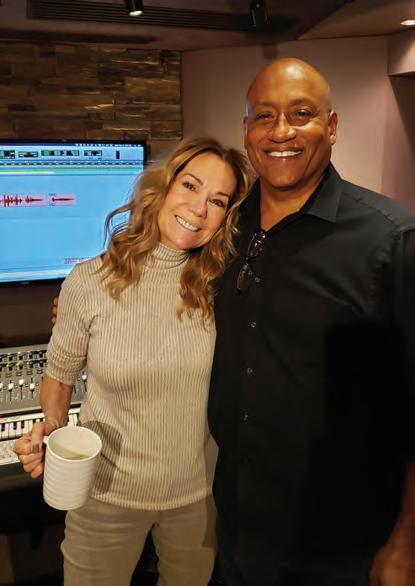
Gospel singer Billy Gaines lands the role of a lifetime.
GOSPEL SINGER AND SONGWRITER Billy Gaines is eagerly awaiting the theatrical release of his firstever film The Way, written and directed by former Today Show co-host Kathie Lee Gifford.
“I just saw the finished movie and it feels surreal,” says Gaines, who landed the role of Moses after a chance meeting with Gifford that he calls, “a divine appointment.”
Gaines grew up in Richmond where he attended Mt. Tabor Baptist Church and sang at Open Doorway Coffeehouse. When he met gospel legend Danniebelle Hall at Gospel Fest in Hampton, she invited Gaines and his band to accompany her on tour. Together, they played Front Royal’s Fishnet, America’s longest running Christian music festival.
Propelled by local success, Gaines moved his family to Nashville in 1984, where six gospel albums and two Dove awards—the Grammys of gospel music—followed.
But it was a picture-hanging job for the company Takl that led Gaines to the role of a lifetime. When he showed up at the client’s home, he was greeted by Angie McCollum, wife of Takl’s CEO, who said, “I’d like to introduce you to Kathie.”
“I turned and there was Kathie Lee Gifford,” Gaines recalls. “I was in shock. Angie asked my last name; then she said, ‘I love your music. Don’t you play piano?’ The room was empty except for a grand piano, so I sat down, played, and sang. It wasn’t long before Kathie Lee joined in.”
The impromptu singalong led Gaines to the role of Moses in Gifford’s film, The Way. When filming wrapped, he thanked her profusely for casting him. “I didn’t choose you,” Gifford told him. “I asked God to show me who He had chosen.”
“The whole thing was an incredible experience,” he marvels. “I give God the glory for that.” Check @virginaliving for updates on theater
release dates. —By Audrey T. Hingley Kathie Lee Gifford and Billy Gaines in the studio working on the song “The God Of The How And When” for her film The Way.
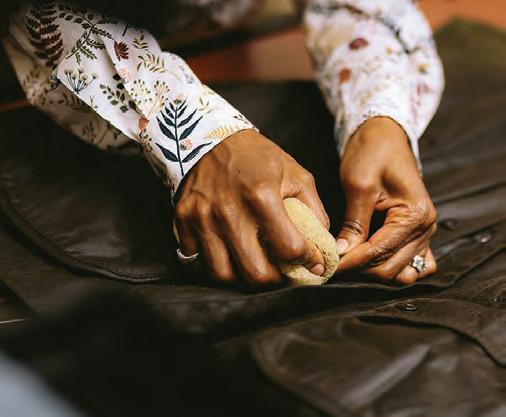
WAX ON! Barbour’s rewaxing service celebrates 100 years.
FAVORED BY HUNTERS, coveted by fashionistas, and originally designed for watermen, the Barbour coat marks a milestone this year: It’s the 100th anniversary of the company’s popular rewaxing service. Each year, Barbour rewaxes and repairs more than 60,000 of its own jackets for customers. The process restores the waterproof finish and helps maintain the jacket’s good looks. To showcase the process, Barbour opened pop-up Rewax Factories in five Nordstroms across the country—including Tyson’s Corner— this fall. Missed it? You can send your beloved Barbour coat to the company at any time for rewaxing, repairs, or alterations. Barbour’s waxed cotton finish is a moden version of a technique traced to 15th-century mariners, who applied oil and grease to heavy sailcloth to create a waterproof finish.
The rewax centennial celebrates the British company’s commitment to excellence. In this era of fast fashion, it’s a refreshing reminder that some companies really do stand behind their products. Barbour.com/US/Repair-Rewax
—By K.R.
PEACE PIECE
Colonial Williamsburg acquires “incredibly rare” Indian peace medal.
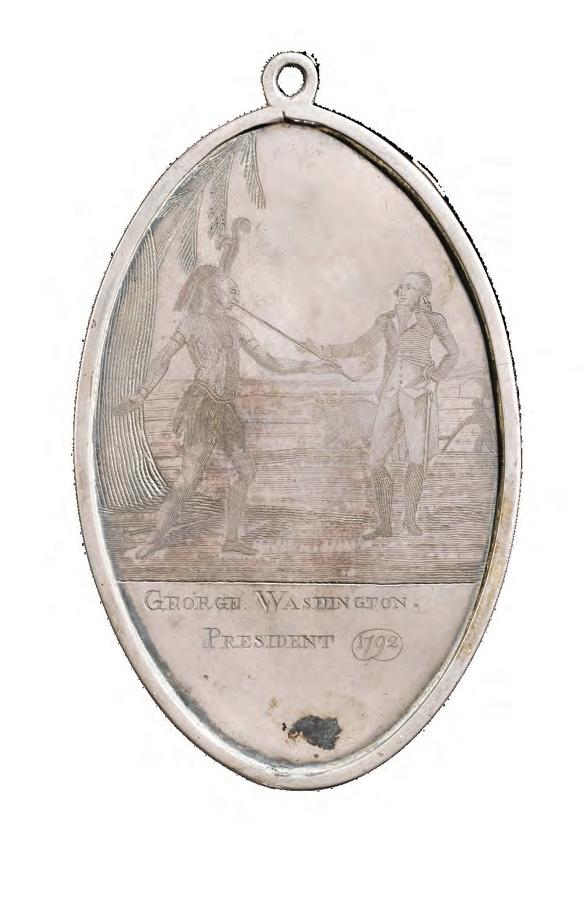
BY THE TIME GEORGE WASHINGTON assumed the Presidency in 1798, “peace medals”—made of silver and engraved by hand—had become valuable diplomatic currency. Presented by the colonists to American Indian tribal leaders during treaty signings and other ceremonial events, these symbols of allegiance were so highly prized that the recipients often took them, quite literally, to their graves. Of the medals crafted in 1792—the first year they were awarded primarily to southern chiefs—perhaps a dozen are known to exist today.
The George Washington Indian Peace Medal, newly acquired by Colonial Williamsburg, is considered the finest of about six small-sized medals
recorded from that year. Expertly crafted and engraved by an unknown Philadelphia silversmith, the 5-inch medal depicts Washington extending a peace pipe to a Native American warrior, who has put down his hatchet. The flip side presents an early version of the Great Seal of the United States. “I can’t put into words how thrilled I am to be adding this incredibly rare medal to Colonial Williamsburg’s holdings,” said Erik Goldstein, Colonial Williamsburg’s senior curator of mechanical arts & numismatics. “I never thought it would be possible, and the fact that it’s of the finest style is just icing on the cake.”
See it and learn more about U.S. relations with the Native American tribes of the southern states at the DeWitt Wallace Decorative Arts Museum. ColonialWilliamsburg.org —By Markus Schmidt
The George Washington Indian Peace Medal was crafted and engraved by hand by a
Philadelphia silversmith in 1792.
Left: The foyer of Villa Heights, an 1820 Classical Revival house, after extensive fire damage. Above: The renovated building now serves as a nonprofit hub.
ONE HOUSE AT A TIME...
Historic renovations bring housing to Roanoke’s needy.

ROANOKE’S RESTORATION HOUSING is breathing new life into blighted historic-district properties while helping those in need of stable housing. Founded in 2014 by Isabel Thornton, a preservationist and affordable housing developer, the nonprofit has transformed five homes, now occupied by local nonprofits and low-income residents looking for homes in safe neighborhoods.
The Queen Anne and Victorian houses in Roanoke’s Southeast neighborhoods, where three of their projects are located, were once home to Norfolk & Western Railway workers around the 1900s. “They deteriorated due to lost industry,” Thornton, a Roanoke native, explains. “It’s a great neighborhood, close to downtown, but has not received a lot of attention from public and private developers.”
The extensive repairs these homes need is far beyond the scope of even the most starry-eyed developer or home buyer. But their nonprofit status allows Restoration Housing to access historic tax credits, grants, and donations to fund the work.
The group just restored an 1818 house—left boarded-up and neglected after a devastating fire—to its former beauty. “It’s a beautiful, classic Virginia house,” Thornton says. Now fully modernized, the home now boasts nonprofit offices and four Permanent Supportive Housing units serving residents who were previously homeless. RestorationHousing.org
—By Elizabeth Cogar
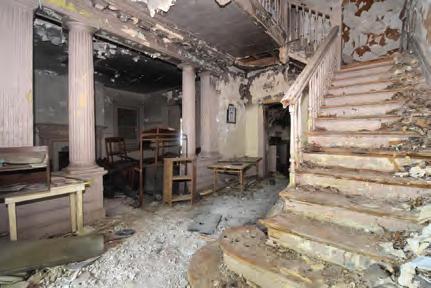
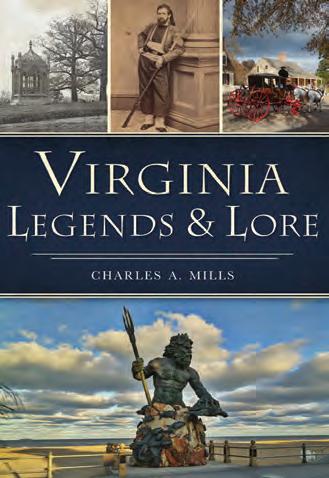
LEGENDS THAT LINGER
Virginia’s history includes stories of sasquatch sightings and pirate gold.
George Washington’s secret son, the origins of Chincoteague’s wild ponies, the hiding place of the mysterious Beale Treasure? Virginia is full of strange and intriguing tales that beg to be unraveled. In his new book, Virginia Legends & Lore (The History Press), Charles A. Mills explores the Commonwealth’s strangest stories from pre-colonial days through the 20th century, to separate myth from fact. Did Bigfoot actually set foot in Spotsylvania? Did Edgar Allen Poe die of drink—or was it something more sinister? What twist of fate allowed a slave, Henry “Box” Brown, to survive the trip when he climbed into a crate and shipped himself to freedom in Philadelphia? Mills sheds a clear light on these legends and brings our rich past vividly to life. Facebook: @CharlesAMillsAuthor —By Konstantin Rega










